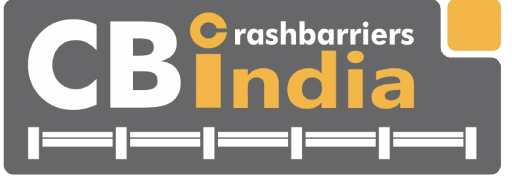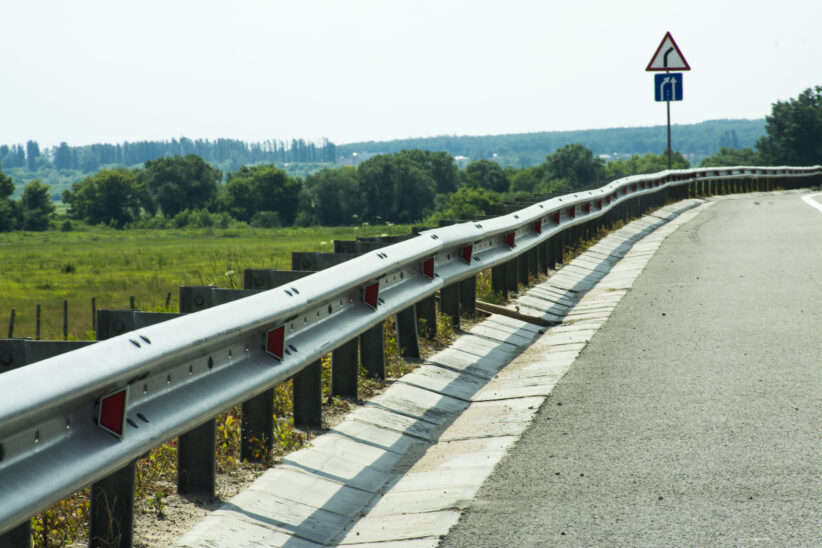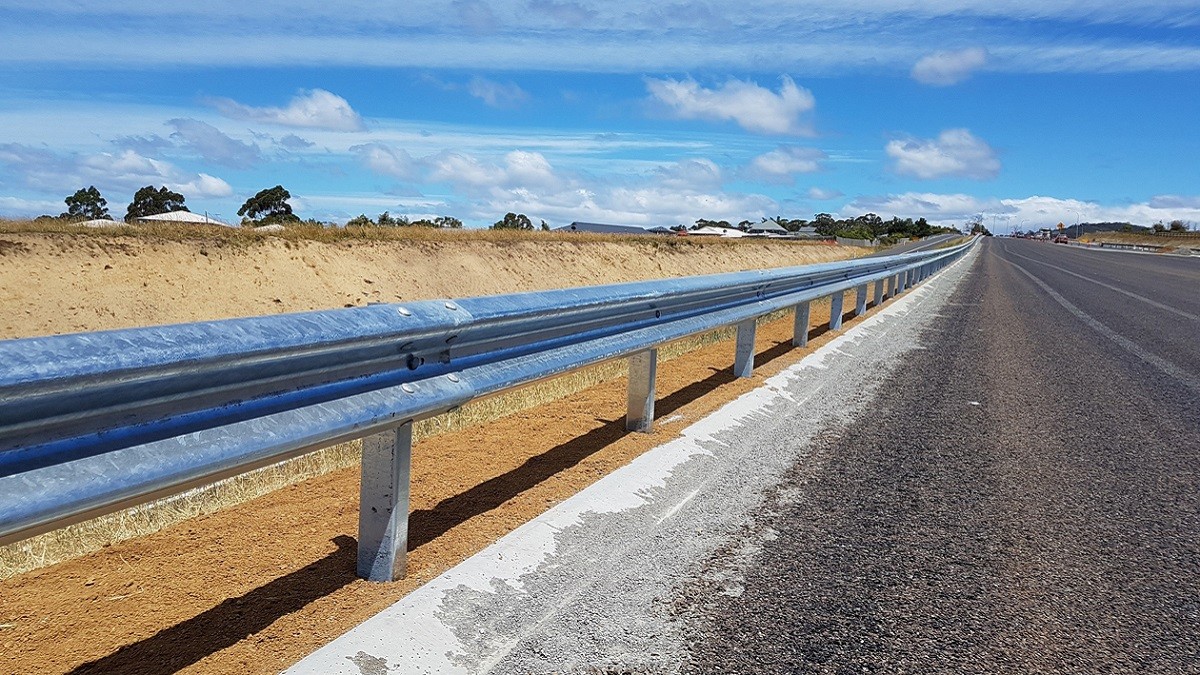W Beam Crash Barriers – Before & After How They Made Highways Safer
Not long ago, many highways had no real protection along the edges. If a driver lost control, the vehicle could slide off the road, sometimes with serious consequences. This was common on sharp turns, flyovers, and hilly stretches.
W Beam crash barriers changed that. These strong steel rails now line many roads, helping stop vehicles from going off track. They’ve made highways safer—and given drivers a better chance to recover from sudden mistakes.
What Exactly Is a W Beam Crash Barrier?
A W-beam crash barrier is a highway safety system typically made of cold-rolled steel shaped in the form of the letter “W”. It is built to withstand high-speed impacts.
The steel beam is fixed at calculated intervals along road shoulders, flyovers, and medians. During any collision, the system absorbs and spreads the impact force. Instead of letting the vehicle leave the road, the barrier either contains it or redirects it back onto the lane.
With the help of this, the likelihood of a vehicle turning over, plunging from a bridge, or even colliding with other vehicles is greatly reduced. In many cases, the driver can recover control after the barrier intervenes.
Before the Barrier: What Highways Looked Like
Reflect on the earlier highways, particularly those in hilly or rural areas. You’d often see long roads with no real edge protection. If a driver made an error or faced a sudden obstacle, the vehicle could drift into dangerous terrain with no resistance.
Crashes near river bends, flyovers, and mountain roads weren’t uncommon. And when they happened, the damage was usually severe. Vehicles either flipped, went down slopes, or hit trees and poles. In most cases, the injuries turned out to be very critical, and the percentage of casualties was considerably higher than that observed on roads with road crash barriers.
Older barriers, like concrete walls or loosely fitted metal sheets, often failed to do their job. They were either too rigid or poorly anchored, meaning they offered little energy absorption and caused added impact injuries.
What Changed After W Beam Barriers Were Introduced?
Properly installed W Beam systems have transformed roadside safety in multiple ways. Here’s what they do:
1. They Absorb Energy, Not Just Resist It
W Beam is mainly praised for its flexibility which shows its high ability to be bent. If a crash occurs, the barrier deforms and energy is transferred along its length reducing the impact of the vehicle and also decreases the probability of an abrupt stop—this is the time when most severe injuries occur certainly.
2. They Guide Vehicles, Not Just Block Them
The road crash barrier acts not as a block but as a track that keeps the car along the surface and prevents it from spinning or turning over. Thus, there is a lower probability of a second collision, e.g. with a pole or a rollover into another lane.
3. They Prevent Fatal Crossovers and Drops
Barriers installed in between opposite lanes act as preventive measures as they prevent the vehicles from flipping over onto other lanes. When installed on the sides of bridges or raised roads, prevent the falls.
4. They Enhance Road Visibility
Most W Beam installations are fitted with reflectors or painted for visibility. These are essential for drivers to identify curves, turns, and the road boundary during the night or under low-light conditions. For roads without street lighting, this plays an important role in road safety in India.
Why Proper Installation Matters
Installing a W Beam barrier isn’t just about placing metal along the road. A few key factors determine whether it will actually perform in an emergency.
– Use the Right Materials
The steel that is used in barriers should be tested properly and corrosion-resistant. Low-quality or cheap material may rust or break under pressure. Galvanized steel is the standard for long-lasting protection.
– Place Them Where They’re Needed Most
Barriers must be installed where the risk of run-off is high—on curves, slopes, flyovers, and fast-moving highway sections. Data on accident-prone areas should guide placement. Installing them randomly or as a checkbox exercise offers little real protection.
– Set the Correct Height and Position
Height and offset matter more than most realize. Too high, and the barrier can launch a vehicle. Too low, and it may be useless for larger vehicles. The spacing between the posts, the beam’s angle, and the distance from the road edge must all meet safety design standards.
– Check After Every Impact
After a crash, it is important to thoroughly check the barriers. Despite looking intact, they do not guarantee safety. A loose bolt or a weakened post can fail during the next accident. Regular maintenance and immediate replacement of the damaged parts should be the priority.
Final Takeaway
W Beam crash barriers aren’t just roadside fixtures. Their primary purpose is to keep vehicles on the road and people alive.
Investing in good-quality crash barriers is not a formality. It’s a responsibility. One that pays off every time a vehicle is stopped from going over the edge, every time a child survives a crash, every time a family walks away from an accident instead of becoming a statistic.
Crash Barriers India is at the forefront of redefining road safety across the country. Their role in providing and installing modern crash barriers and guardrail solutions highlights their vital role in building the next generation of safer highways.




Add Comment